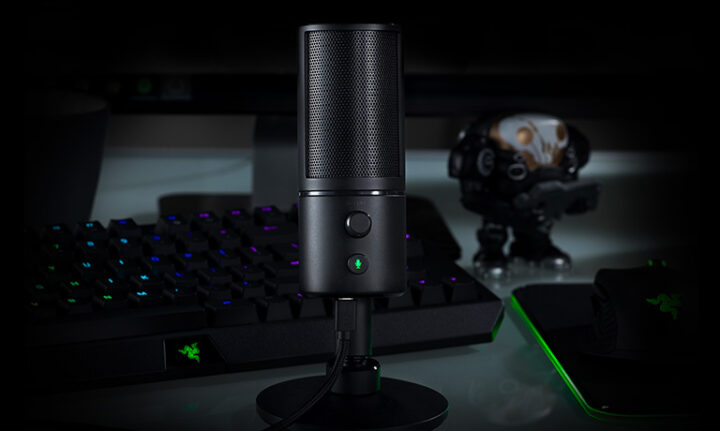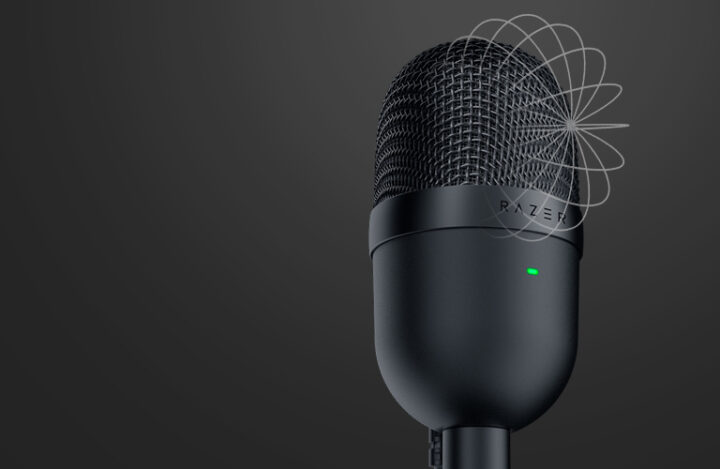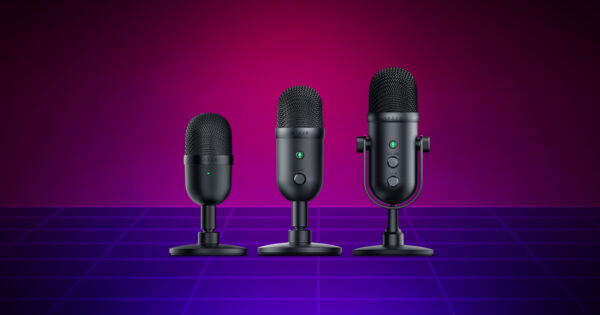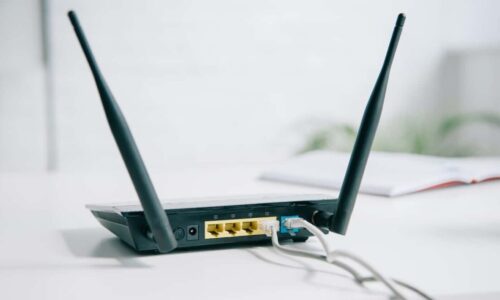Whether you’re just starting out with streaming or you’re a seasoned veteran, you’ve probably wondered at some point whether it’s worth it to invest in a more expensive microphone. After all, there are plenty of cheap microphones on the market that seems like they would do the job just fine. So, what’s the difference between the best cheap microphone and an expensive mic for streaming?
There are a lot of things that need to be considered when trying to decide on what microphone is best for streaming. If you want to know more about microphones Use this link https://www.razer.com/pc/streaming/seiren-family.
The price is certainly one factor, but it’s not the only thing that matters. We’ll be taking a look at the difference between a cheap microphone and an expensive one and what factors you should keep in mind when making your decision. Here are the differences between the two.
What are the different types of microphones?

Internal mic capsules use an electret ribbon microphone element which has been permanently magnetized to create an internal coil (magnet). The electret ribbon senses vibration and converts it into an electrical current; this current then powers an onboard amplifier. Because there are no moving parts, these mics tend to be very durable and have a long life span. They’re also popular among podcasters because they require little setup time and don’t need phantom power – meaning they work with most audio devices.
On-board mics are built into gaming computers, media players, and other portable electronic devices to provide high-quality audio without the need for additional hardware or software installation. These are usually omnidirectional condenser microphones that offer good noise-cancellation performance and can record high-quality audio in both stereo and surround sound configurations.
Quality Polar Pattern is the Key

When it comes to streaming, having a good microphone is essential. But what is the difference between the best cheap microphone and an expensive mic for streaming? The answer lies in the polar pattern.
The polar pattern is the term used to describe the way a microphone picks up sound. There are three main types of polar patterns: omnidirectional, unidirectional, and bidirectional. Omnidirectional microphones pick up sound from all directions, making them ideal for streaming. Unidirectional microphones only pick up sound from one direction, making them ideal for recording. Bidirectional microphones pick up sound from both directions, making them ideal for interviews.
Cardioid microphones pick up sound in a single direction, while super cardioid microphones capture more of the overall sound field. This is helpful for speakers who want to be heard over the crowd but less so for solo performers or acoustic guitars.
So, which type of microphone is best for streaming? That depends on your needs. If you need to record high-quality audio, then an expensive mic with a unidirectional polar pattern is a good choice. If you need to capture sound from all directions, then a cheap omnidirectional mic is your need.
The Importance of Mic’s Dynamic Range

There are many factors to consider when choosing a microphone for streaming, such as budget, quality, and purpose. One important factor is dynamic range. Dynamic range is the difference between the loudest and softest sounds that a microphone can pick up. A microphone with a high dynamic range can pick up both very quiet and very loud sounds without distortion.
Best Cheap Microphone is a popular streaming microphone that is known for its affordability and good quality. However, it has a limited dynamic range. This means that it can only pick up relatively loud sounds without distortion. For this reason, it is not the best choice for streaming applications that require a wide range of sound levels to be captured.
An expensive microphone, on the other hand, will have a much wider dynamic range. This means that it can pick up both very quiet and very loud sounds without distortion. For this reason, an expensive microphone is the best choice for streaming applications that require a wide range of sound levels to be captured.
The budget mics are designed to provide decent sound quality. However, expensive mics are designed to provide the highest quality sound.
What are the best microphones for streaming?

Here are some tips on how to get started:
1. Choose the Right Microphone for Your Location and Recording Type
When it comes to selecting a microphone for streaming, there are two important factors you need to consider: your location and the type of audio you’re recording.
For example, if you’re recording audio in a studio environment, a condenser mic will produce better quality sound than a dynamic mic. Similarly, if you’re recording voiceover recordings or video interviews, a shotgun mic will be ideal because it picks up more ambient noise than other types of mics.
2. Know How to Use the Microphone Correctly for the Best Results
There are a few basics that apply regardless of what type of microphone you’re using: make sure the mic is placed near your mouth and facing forward so that your voice is captured accurately, position yourself so that any background noise is minimized, and maintain consistent volume levels throughout your recording session.
3. Experiment to Find the Right Microphone for Your Needs
Once you have the basics down, experiment with different microphones to find the one that produces the best sound for your particular needs. For example, if you’re looking for a microphone that will produce a clear voiceover recording, try using a dynamic mic. If you’re recording music, try using a condenser mic because they produce tighter and clearer sound quality.
Ultimately, it’s important to experiment to find the right microphone for your needs. By following these tips, you can produce high-quality audio for your streaming content.
Microphones are essential for streaming, whether you’re a YouTuber looking to make your content look and sound the best it can be or you’re a business or event producer in need of quality audio for presentations or recordings.




